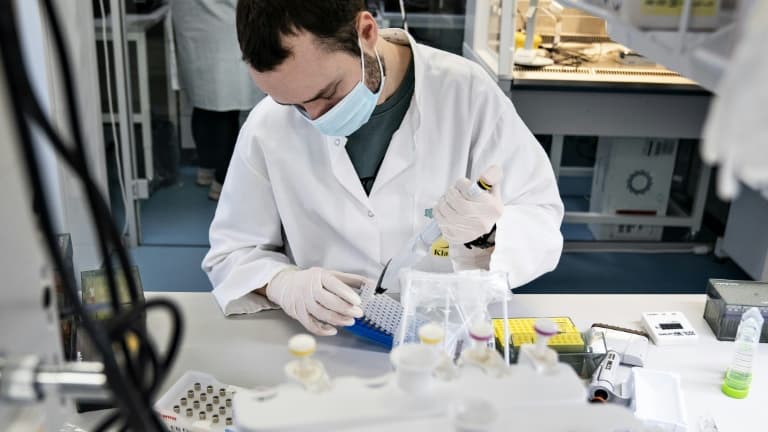Scientists estimate that new pandemics, of the magnitude of Covid-19, will probably occur in the coming years due to the evolution of our environment and our lifestyles.
Experts are sounding the alarm. While the Covid-19 epidemic is currently on the decline, without it being over, scientists are already thinking about the aftermath and believe it is likely to see new pandemics emerge in the years to come. This is due in particular to global warming, deforestation and the increase in the movement of people.
H1N1, Zika, Ebola, Covid-19… Will pandemics be the evil of the 21st century? Some experts are in any case worried when they observe the evolution of our lifestyles and our environment.
“The probability that there is a pandemic is greater than before”, warns Yazdan Yazdanpanah, director of the National Agency for Research on AIDS-Infectious Diseases (ANRS), in The Parisian.
Climate and animal fauna involved
First concern: global warming. « When the temperature increases by 4°C, there are bound to be more mosquitoes, which carry microbes », estimates the director of the ANRS.
The rise in temperatures – with the many consequences that we imagine on the evolution of ecosystems – also risks leading many animal species to leave their habitat for more livable places, also reports a study published on April 28 in the scientific journal american Nature. Which would lead them to come into contact with the human species.
This encounter between humans and certain animal species is not trivial, since « 65% of pathogens come from the animal world and the environment », recalls Yazdan Yazdanpanah.
If nothing has been established with certainty, it is moreover “highly probable” that Sars-Cov2, the virus responsible for the Covid-19 epidemic, is itself a zoonosis, that is to say say a disease of animal origin, recalls Benjamin Roche, director of research at the research institute for development, in Provence.
Other phenomena participating in increasing the risk of encounters between the human species and animals: urbanization, and therefore the numerous deforestations, according to Yazdan Yazdanpanah, but also intensive agriculture and livestock farming, for Benjamin Roche.
Finally, the very frequent movements of people from one side of the globe to the other contribute to “accelerating the spread of viruses”, indicates the director of the ANRS. In summary, two opposing realities, for the researcher: « on the one hand the environment has changed, on the other, the population is aging and more fragile ».
« To fight, we must innovate »
According to a report on biodiversity and ecosystem services (IPBES), published in October 2020, the best way to combat the risks of a pandemic remains to significantly reduce human activities endangering biodiversity and to reduce contact between people. animal species. Impossible mission? “It is a question of finding a fair compromise with the needs of human food”, loose Benjamin Roche, who is one of the authors of the study.
But can’t we fear that it’s already too late, unless we drastically change our way of life? Yazdan Yazdanpanah refuses to give in to pessimism, considering that the scientific community is aware of the risks and that we can prepare for them.
« To fight, you have to innovate, » he says, even referring to a « plan of attack » in preparation among epidemiologists.
This plan would consist in particular in closely studying the evolution of viruses in animals, in order to better identify the diseases likely to be transmitted to the human species. Scientists are also working on new treatments and vaccines for « the five to ten pathogens at epidemic risk such as chikungunya or Zika », according to the doctor.
The « One Health – one health » projects, launched in January 2021, are already looking at the links between human health and our environment. By launching research and study of viruses on animals, it aims to prevent the transmission of animal diseases to humans.

